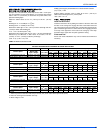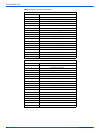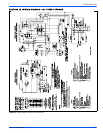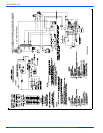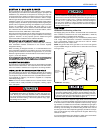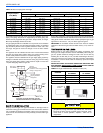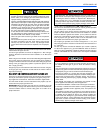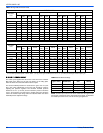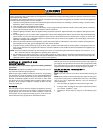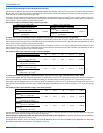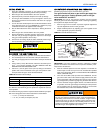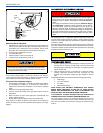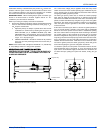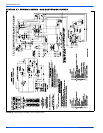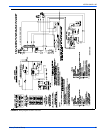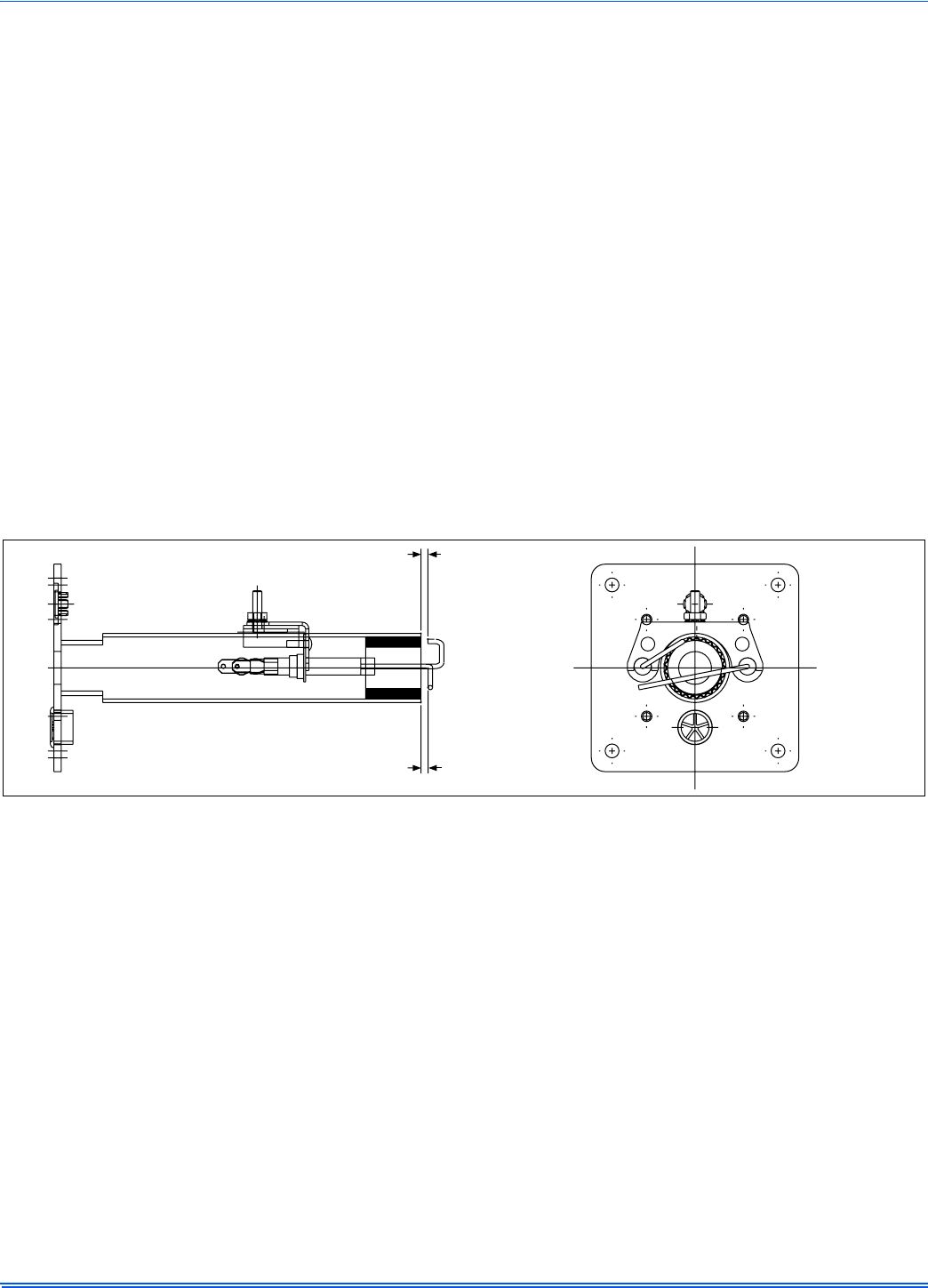
107272-UIM-B-1105
Unitary Products Group 37
Combustion efficiency is determined by the percent CO
2
and the tem-
perature of the flue gases. These two measurements are taken on the
vent. Combustion efficiency and stack loss calculators are available
from several manufacturers of combustion test equipment.
IMPORTANT: DRAFT - When installing Wayne power conversion gas
burners in oil fired furnaces a minimum negative draft of .01” w.c.
(0.0025 kPa) over fire must be maintained.
Refer to your local gas company and codes for assistance.
3. Perform the following combustion analysis. All adjustments below
must be made with the following instruments: draft gauge, 0
2
or
CO
2
analyzer and CO tester.
a. Adjust the primary air damper to provide about 25% excess
combustion air. Confirm this by checking the flue gas for its
FREE OXYGEN (O
2
) or CARBON DIOXIDE (CO
2
) PER-
CENTAGES with a test instrument. Free oxygen should be
about 4.5%, or carbon dioxide should be about 9.5% for natu-
ral gas, 12.1% for propane gas.
b. CARBON MONOXIDE - Should be checked for its presence
in the flue gas. This percentage should not exceed .04% (or
400 PPM).
NOTE: Check overfire draft and adjust to NEGATIVE -.01 (0.0025 kPa)
to -.02 (4.982 pa) inches w.c. during burner operation.
OPERATION AND TROUBLESHOOTING
SEQUENCE OF OPERATION — SC80-C GAS BURNER UTI-
LIZING HONEYWELL S87K GAS PRIMARY WITH BUILT IN
30 SECOND PREPURGE
On a call for heat, voltage (24V) is applied to motor start relay and air
switch. Once the fan motor reaches operating rpm, combustion air pres-
sure is sensed by the air proving switch and closes the switch contacts
energizing the S89F gas primary control.
The S87K gas primary control has an internal 30 second prepurge
timer. After the initial 30 second prepurge, an internal 8 second safe
start check of the S89F will commence. Once this is successfully com-
pleted, the S87K simultaneously energizes the gas valve and ignition
transformer. Gas flows and the transformer produces an approximate
7300 volt spark end point grounded at the burner head establishing
main burner flame.
At the start of each heat cycle, there is a trial for an ignition period of a
four (4) second duration. Normally, burner flame will be established
before the end of this period. Once the flame is established, sparking
will cease and the flame rod will provide flame monitoring to the S87K
gas control primary for the remainder of the heat cycle. If the flame
should be extinguished during the heat cycle, the S87K gas control pri-
mary will go into the 30 second prepurge and 8 second safe start check,
then re-energize the gas valve and ignition transformer in an attempt to
establish the main burner flame. If this does not occur within the 4 sec-
ond trial for ignition period, the S87K gas primary control will go into
lockout de-energizing the gas valve and ignition transformer.
To restart the system, the main power or thermostat must be de-ener-
gized momentarily, then re-energized. If, at any time during the heat
cycle, there is an insufficient supply of combustion air to the burner, the
air switch will open, putting the system into lockout, closing the gas
valve.
FIGURE 44: Electrode Orientation and Gap
.13 Igniter Gap
.13 Flame Sense
Rod Gap



